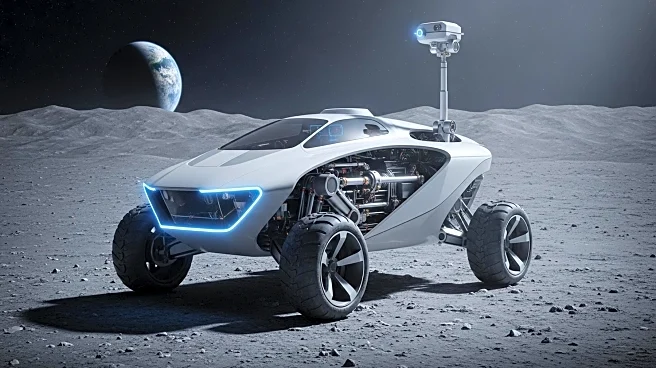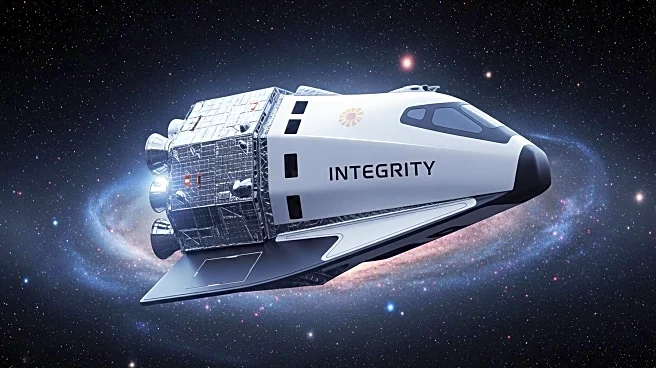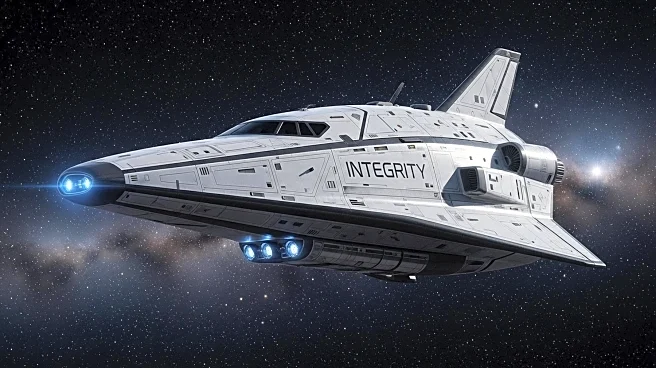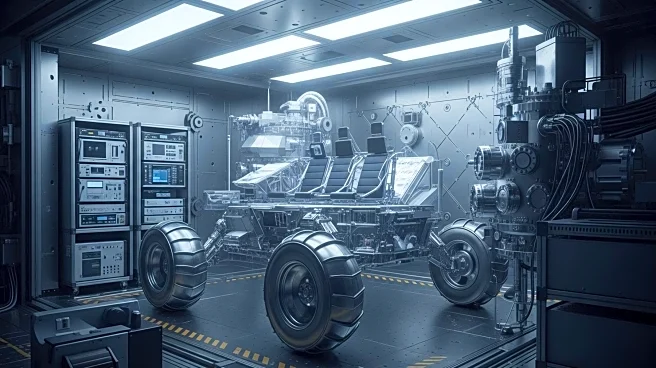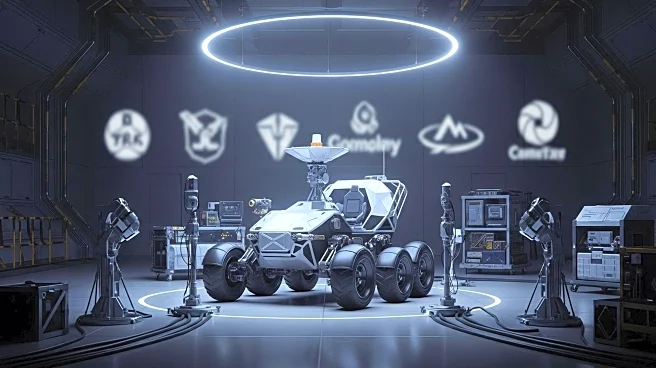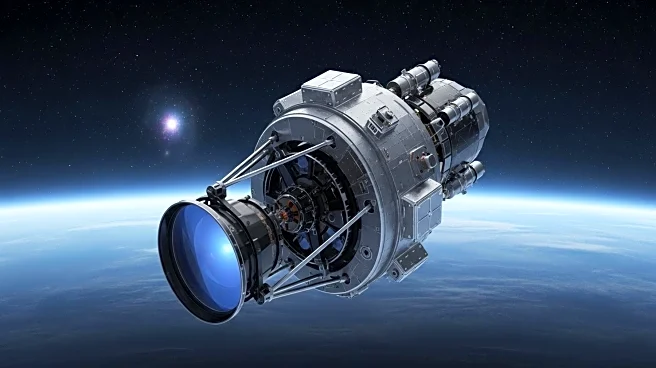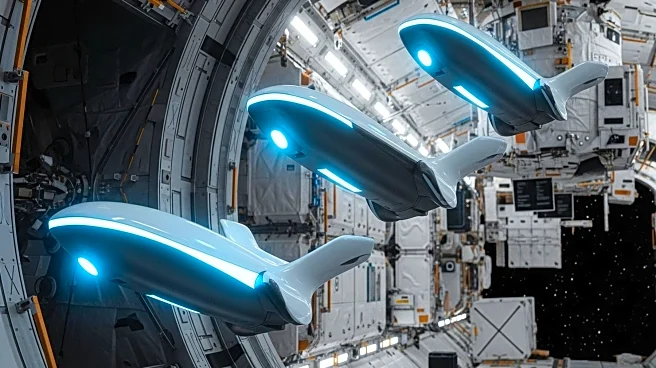What is the story about?
What's Happening?
NASA has partnered with Starpath, a small business from Hawthorne, California, to test their lunar regolith excavation and transportation rover at NASA's Marshall Space Flight Center in Huntsville, Alabama. This collaboration follows Starpath's second-place win in NASA's Break the Ice Lunar Challenge, a competition aimed at developing robotic technologies for excavating and transporting lunar regolith. The rover, designed to operate under harsh lunar conditions, was tested in the center's 20-foot thermal vacuum chamber. The testing is part of NASA's Centennial Challenges, which seek innovative technologies for future lunar and Mars missions.
Why It's Important?
The testing of Starpath's rover is crucial for advancing technologies needed for NASA's Artemis missions, which aim to send astronauts to the Moon and eventually Mars. The ability to excavate and transport lunar ice is vital for future missions, as it can be used for drinking water and rocket fuel. This collaboration highlights NASA's commitment to leveraging private sector innovation to achieve its space exploration goals. Successful development of such technologies could significantly enhance the sustainability of long-term lunar and Mars missions, providing essential resources for astronauts.
What's Next?
Starpath's rover testing at NASA's facilities is expected to continue, with further trials to refine its capabilities. The data collected during these tests will inform future developments and potential deployment in lunar missions. As NASA prepares for the Artemis missions, the integration of technologies like Starpath's rover will be critical in ensuring mission success. Continued collaboration between NASA and private companies will likely play a significant role in overcoming technical challenges and advancing space exploration.
Beyond the Headlines
The partnership between NASA and Starpath exemplifies the growing trend of collaboration between government agencies and private companies in space exploration. This approach not only accelerates technological advancements but also fosters innovation by tapping into diverse expertise. The success of such collaborations could pave the way for more public-private partnerships, potentially transforming the landscape of space exploration and technology development.
AI Generated Content
Do you find this article useful?
